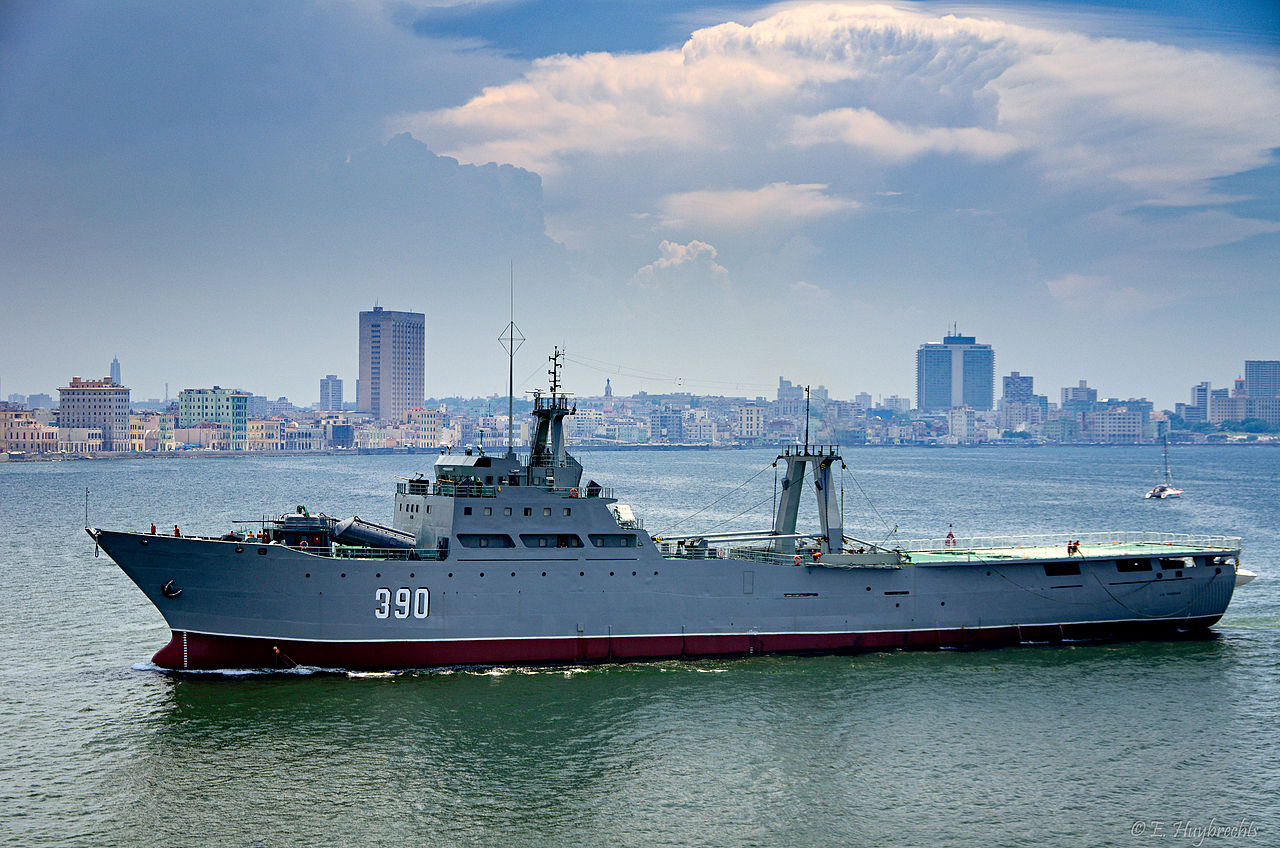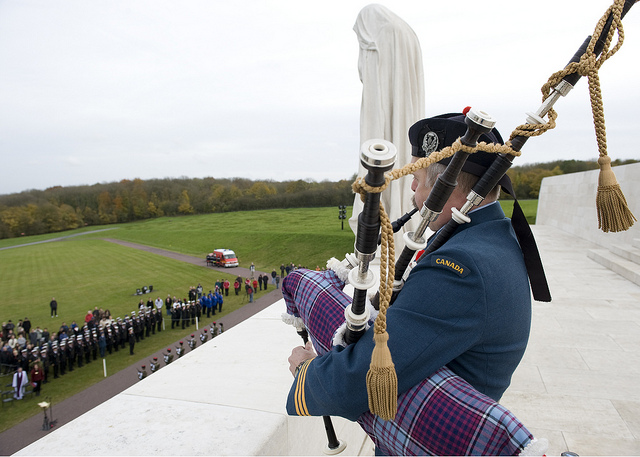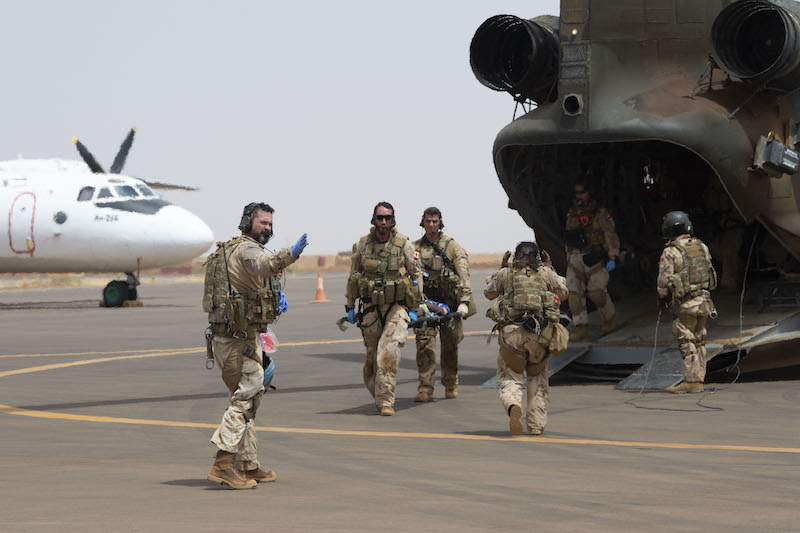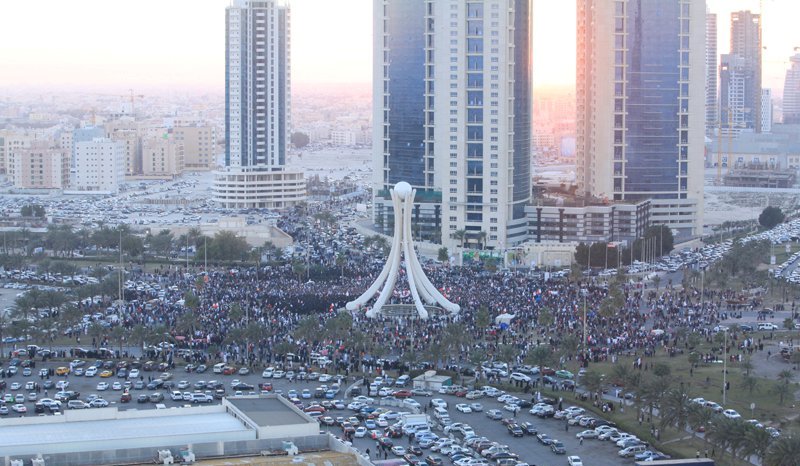Following the 2014 resumption of diplomatic relations between Cuba and the United States of America, the US reopened its Embassy in Havana in August 2015. Bilateral ties had been suspended since 1961 and the US imposed an embargo against Cuba following the 1962 Cuban Missile Crisis. The recent thaw in US-Cuba relations has been attributed to talks brokered by Canada and the Vatican. But it is important to note that Cuba is at significant risk of destabilization even as the country opens up to increased engagement in the Americas. 2016 will mark Fidel Castro’s 90th birthday, while his younger brother and successor to the Cuban presidency, Raul Castro, turns 85 in June 2016. Although there are indications that Cuba’s communist regime is grooming Raul Castro’s daughter Mariela to succeed him as President of Cuba in future years, there is cause to be concerned that the death-in-office of Raul Castro could generate civil disorder in Cuba.
In the event of a power struggle in Cuba, there is ample question as to who would police Cuban waters. According to a threat assessment conducted by the Central Intelligence Agency (CIA) in 1997, the Cuban Revolutionary Armed Forces (FAR) no longer possesses an expeditionary capability and only “retains some residual combat support strengths that are essentially defensive in nature”. Some reports suggest that the most impressive vessel in the Cuban Navy’s current arsenal is the Rio Damuji, a Spanish fishing trawler built in 1975 and converted into a frigate by Cuba at some later date. Analysis of rare glimpses of the vessel indicate it has been jury-rigged with two C-201W anti-ship missiles, two 25mm cannons mounted in what appears to be the turret of a former Soviet ZSU-57-2 self-propelled anti-aircraft gun, and a 14.5mm machinegun. Other reports suggest that Cuba might continue to operate six Soviet-made Osa-II missile boats and a Soviet Pauk-class corvette, all of which are nearing, or exceeding, the end of their operational lives. Clearly, Cuba at this time is struggling to patrol its coastline.
This lack of capacity to exert sovereignty in Cuba’s territorial waters has not escaped the attention of organized crime. According to the United Nations Office on Drugs and Crime (UNODC), Cuba has emerged as an important transit point for cocaine travelling from Colombia, Venezuela, and Peru to the US via Cuban American gangs based in Florida. With Cuba just over 200 kilometres from the Florida coast, it is a strategically located staging ground for cocaine traffickers. Fortunately, the Cuban authorities recognize their limitations enforcing law at sea. In 2013 alone, Cuba alerted the US Coast Guard to the presence of suspicious vessels 27 times.
Beyond the challenge of contending with narcotics traffickers, the response to a humanitarian crisis in Cuba would also be complicated by Cuba’s lack of a robust maritime force. When relief efforts bogged down early in the international response to nearby Haiti’s 2010 earthquakes, violence erupted in the streets of its capital. Without institutional links, a humanitarian crisis in Cuba could see similar scenes.
In a post-Castro scenario, however, deeper contacts will be necessary between Cuba and regional partners like the US. To this end, Canada should seek the establishment of a maritime component to the Organization of American States (OAS), a regional body comprising most of the countries in the Americas. Although the OAS already possesses a Maritime Security Program under the auspices of the Inter-American Committee against Terrorism (CICTE), this technical assistance program is by its nature primarily concerned with the prevention of acts of terrorism at sea. Clear channels of communication between Cuba and its regional partners on the specific issue of narcotics trafficking could allow those partners to patrol in or near Cuban territorial waters until Cuba regains the capacity to detain or deter traffickers on its own. The status quo simply leaves too many questions unanswered.
Photo: Rio Damuji (2011), by Emmanuel Huybrechts via Wikimedia Commons. Licensed under CC BY 2.0.
Disclaimer: Any views or opinions expressed in articles are solely those of the authors and do not necessarily represent the views of the NATO Association of Canada.




